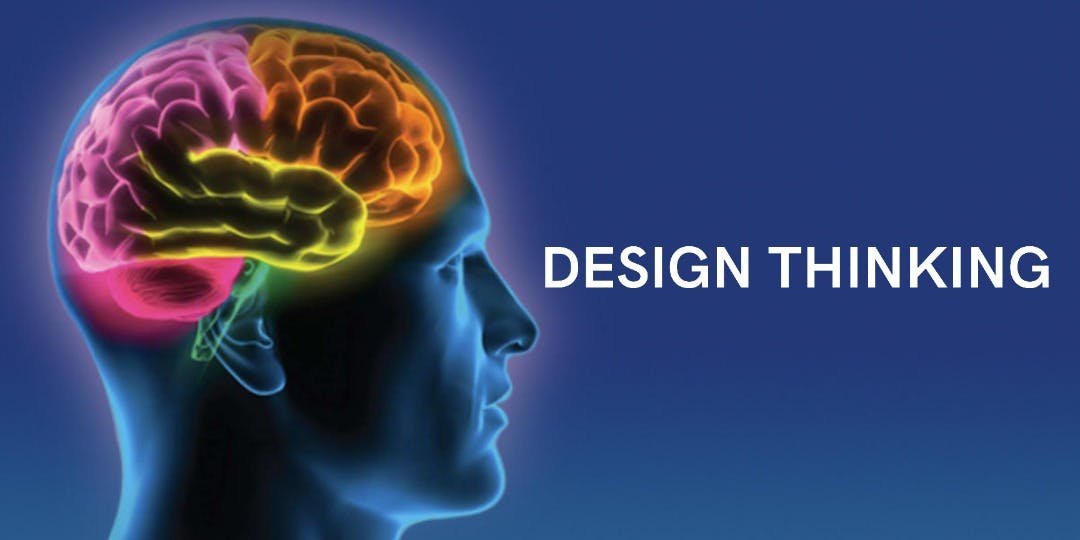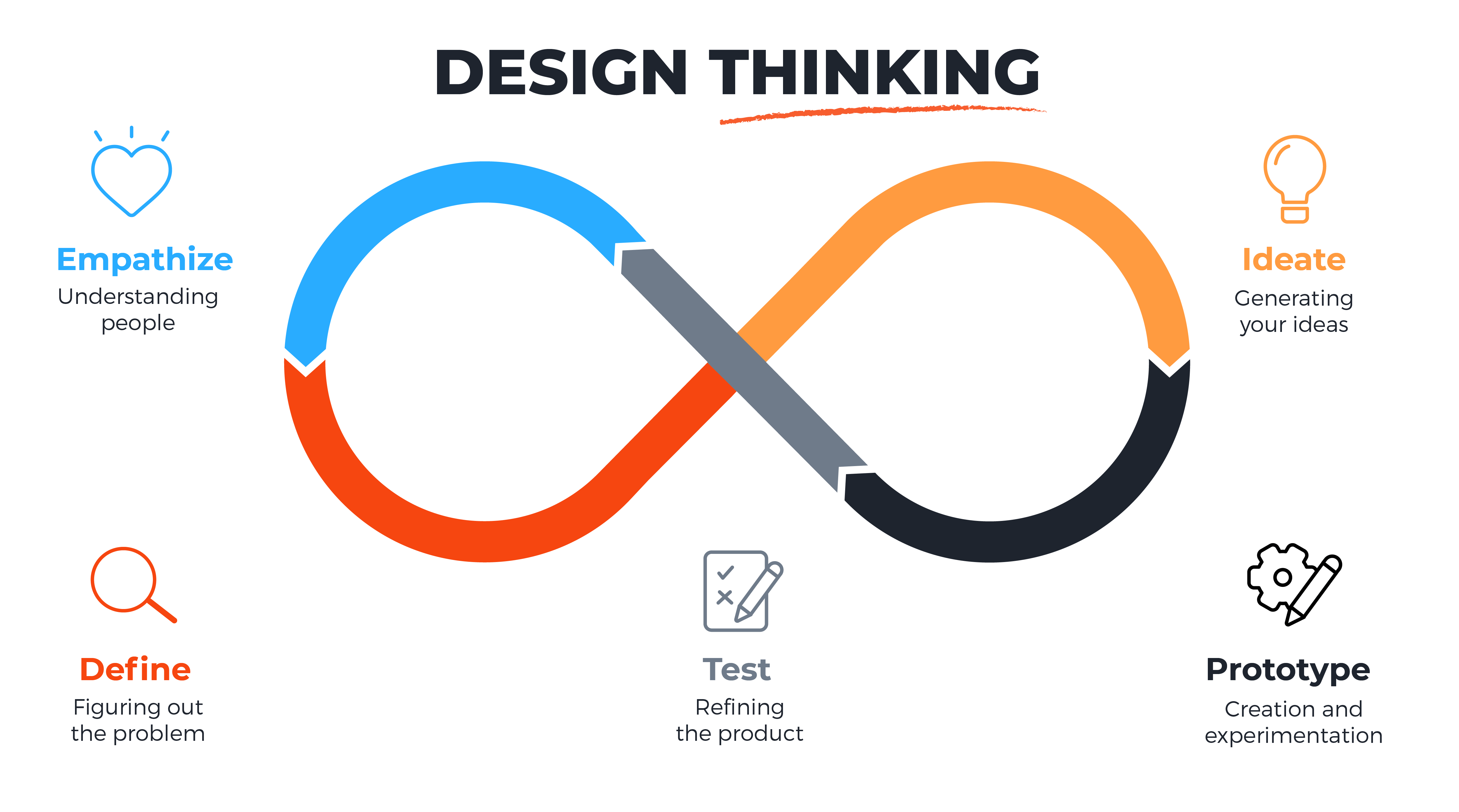
Most times, while using a product, we encounter some challenges or difficulties and wish you can do something good about it to ease others from passing through the same experience as yours. The ability of sitting down and critically thinking of how to solve a problem is design thinking.
Design thinking is simply a non-linear process that designers adopt to understand users pain points, redefine their problems and create innovative solutions to solve users' problems.
According to Tim Brown, CEO of IDEO, “Design thinking is a human-centered approach to innovation that draws from the designer's toolkit to integrate the needs of people, the possibilities of technology, and the requirements for business success.”
Why is Design Thinking Important?
To truly understand the importance of design thinking, it is necessary to learn about the roots and origin of it. A cognitive scientist and Nobel Prize laureate Herbert A. Simon was the first to mention design as a way of thinking in his book in 1969(The Sciences of the Artificial). He went further to contribute many ideas through the 1970s which is now regarded as principles of design thinking.
"Everyone is a designer if they devise courses of action aimed at changing existing situations into preferred ones". - Herbert Simon -
 As time passes by, the importance of design thinking has been consistently increased in the modern world. Companies now focus on design-driven culture that makes customers the highest priority. This provides accurate and meaningful results and provides you with a competitive advantage. It helps in encouraging all functions, focusing more on the customers. Design thinking strategy helps to engage a person in several opportunities like experimenting and creating a prototype model, gathering feedback from customers and redesigning the product using innovative solutions.
As time passes by, the importance of design thinking has been consistently increased in the modern world. Companies now focus on design-driven culture that makes customers the highest priority. This provides accurate and meaningful results and provides you with a competitive advantage. It helps in encouraging all functions, focusing more on the customers. Design thinking strategy helps to engage a person in several opportunities like experimenting and creating a prototype model, gathering feedback from customers and redesigning the product using innovative solutions.
Reasons we should adopt design thinking includes:
- It helps to understand users' pain points and analyze them critically.
- It gives rise to innovative ideas.
- Design thinking helps in solving users' problems.
- A good UI design comes as a result of design thinking.
- Gives you the opportunity to make research and increase your knowledge bank.
The Five Stages of Design Thinking

There are five iterative stages of design thinking and they include:
1 Empathize: Empathy is a crucial design thinking stage because it allows you to set aside your own assumptions and gain real insight into users needs. Here, you will have to be empathetic about a user's problem, put yourself in the users' shoes, try to be in the same scenario as the user. Understand how they feel and also act as a user. A lot of research about who your user is required here.
2 Define: Here is the time to compile all the information gathered in the empathetic stage. You can then sit back and analyze all the information gathered and synthesize them to define the core problems you have identified. While defining this problems, you will be able to understand the user's main problem and get the problem statement. In this stage user personas are advised to create so that your processes can be human-centered.
3 Ideate: After defining the problems, getting the problem statement and having your user persona, it is advisable to start generating ideas, think outside the box, be very innovative and creative at this point. Read about similar problems, how it was solved and the tools needed. This stage needs brainstorming and deep thinking.
4 Prototype: You will find out that during the process of brainstorming, there are several solutions on how to tackle the user's need, but they may not be the best solution to the problem. So this stage is basically the experimental phase, where you will have to adopt the best way to solve the problem. You are expected to create a solution that is inexpensive(pre-version of the main product) to check if it will meet the user's need. Paper prototyping can be used in this stage to show exactly what your idea about the problem is.
5 Test: It is necessary to test if your solution is workable i.e.(Does it meet the user's need?) Evaluation techniques are required at this stage to check the prototype so as to draw a conclusion on the problem. Since design thinking is iterative; you can return to the previous stages to make further iterations and refinements. While doing this, you can find out a better solutions to the problem or rule out or add some ideas to the solutions you have been able to come up with.
In conclusion, design thinking is very flexible, you can go through the stages over and over again. It makes you gain a deep understanding of users problems and also gives room to creating useful ideas to the problem before finally arriving at a solution.
Thank you for taking out time to read this article.
Please kindly follow my social media handles Twitter: twitter.com/Yuu_deey?t=ShM-UAtCcuE0py1QC2RX.. Linkedln: linkedin.com/in/udeme-eko Facebook: facebook.com/udeme.eko